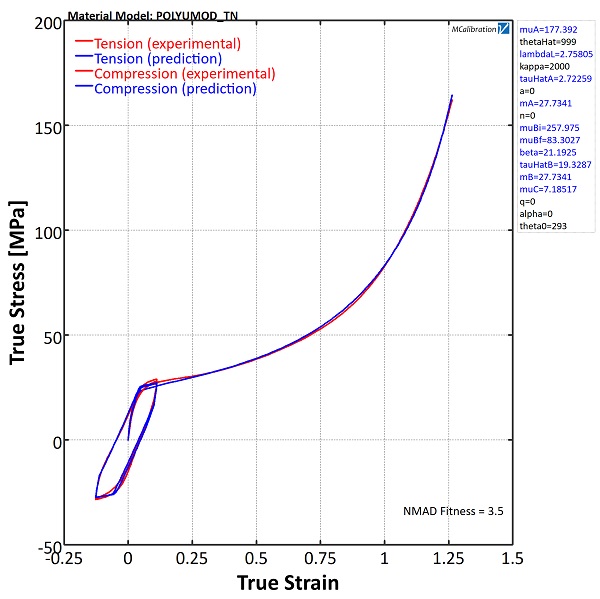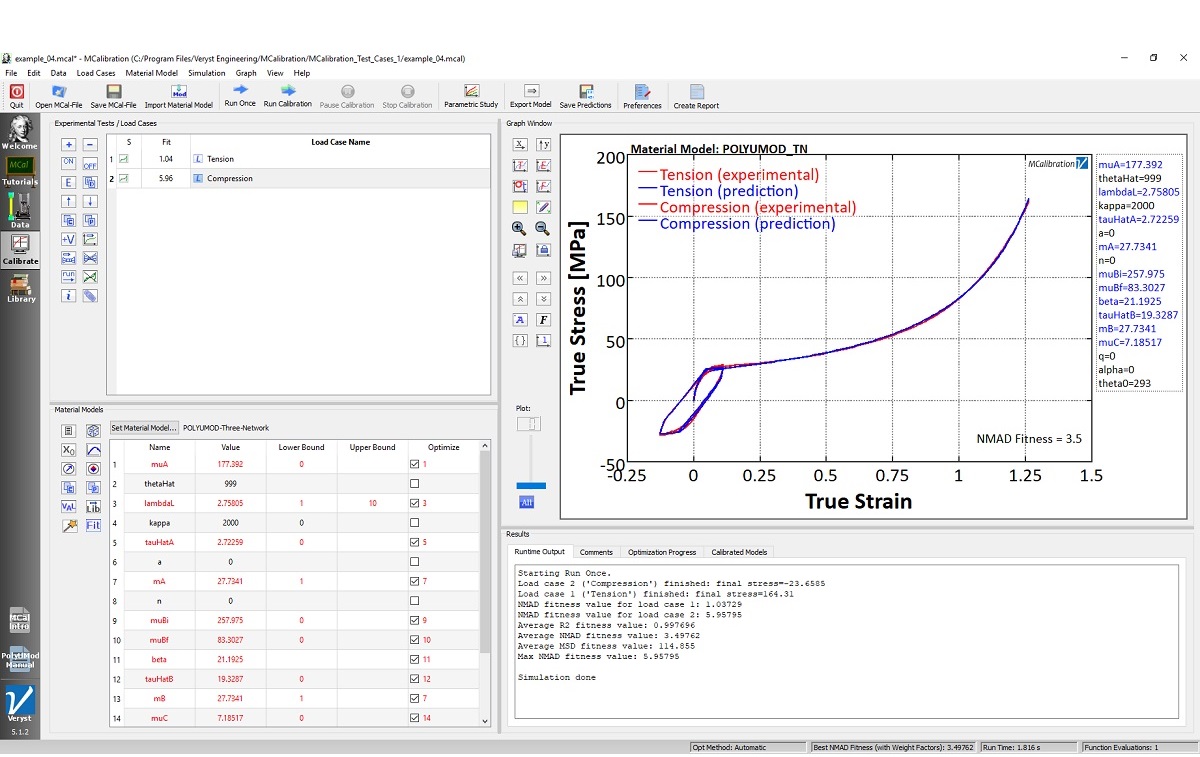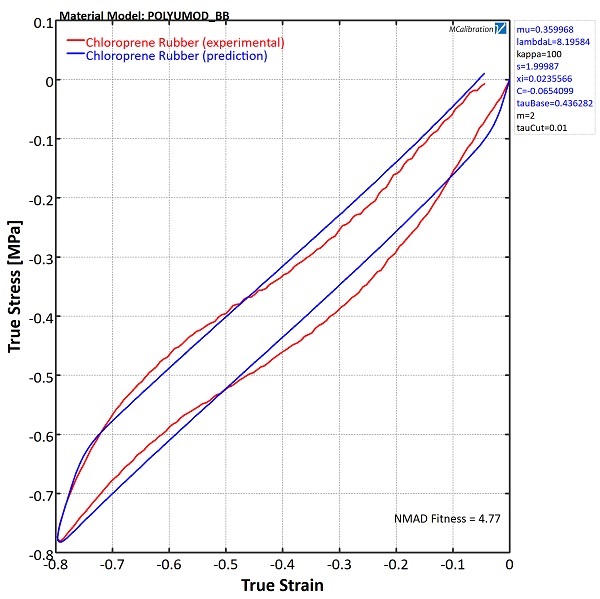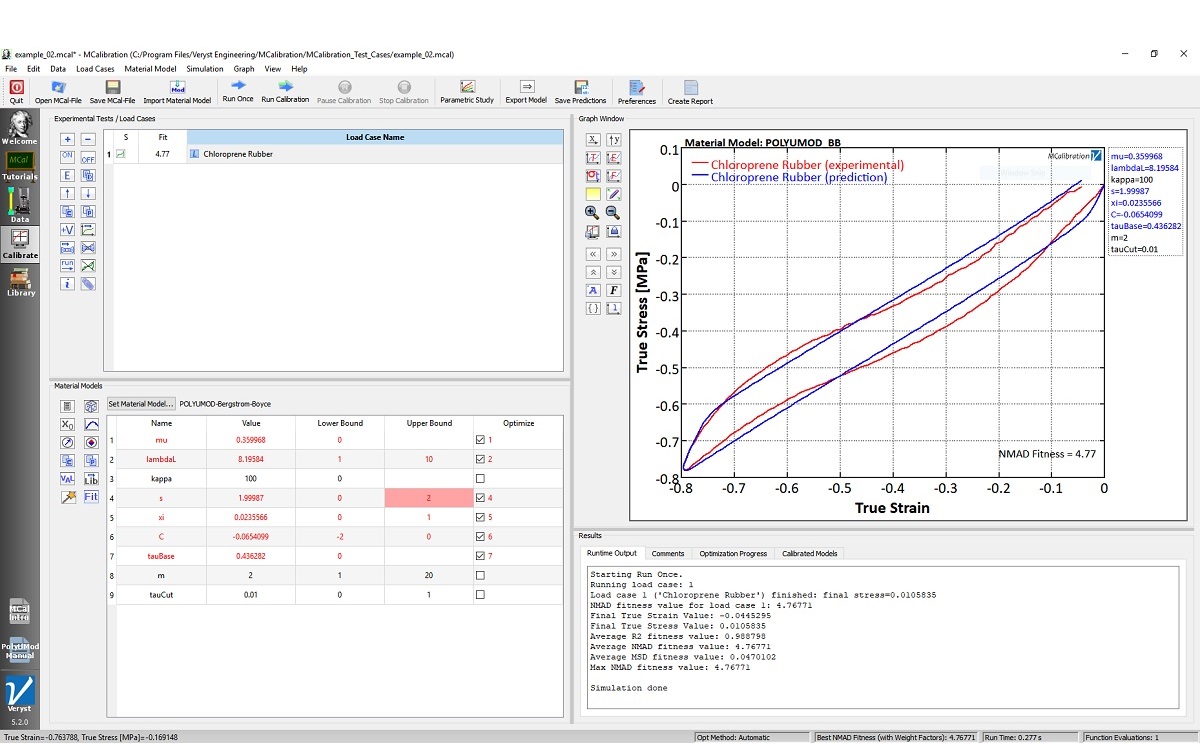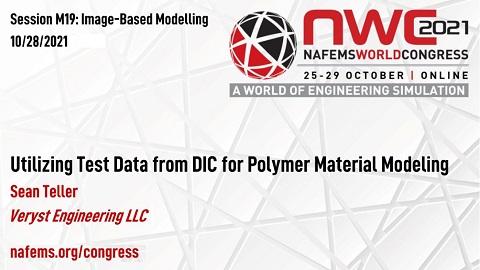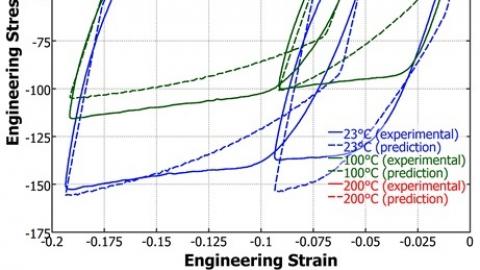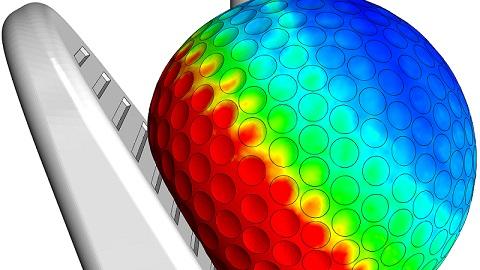Working with any material model requires defining appropriate material parameters from experimental data. This can be challenging when the advanced material model is nonlinear. Veryst Engineering developed MCalibration® to facilitate parameter extraction. The software enables semi-automatic extraction of pertinent material parameters from experimental data.
Veryst regularly performs testing to calibrate most constitutive models in commercial finite element codes as well as those found in the PolyUMod® library, also developed by Veryst. (Both MCalibration and PolyUMod are now available for purchase through PolymerFEM.com.) For more information on our testing capabilities please visit our testing section.
The following two examples illustrate the use of the MCalibration parameter extraction tool.
Example 1: Calibration of the Bergstrom-Boyce Model to Experimental Data for an Elastomer
Consider a chloroprene rubber tested in uniaxial compression at room temperature. Figure 1 shows the experimental data.
The Bergstrom-Boyce material model can be calibrated to the experimental data using the MCalibration input file shown in Figure 2, below.
Example 2: Calibration of the Three Network Model to Experimental Data for Ultra High Molecular Weight Polyethylene (UHMWPE)
This example shows how to calibrate the Three Network Model (TNM) to experimental data for UHMWPE. The experimental data consists of uniaxial tension at a strain rate of 0.005/s and cyclic data at a strain rate of 0.01/s.
The experimental data sets are shown graphically in Figure 3.
The TNM is an advanced material model for glassy thermoplastic materials and is a good choice for modeling the behavior of UHMWPE.
The Three Network Model can be calibrated to the experimental data using the input file shown in Figure 4, below.
The material parameters obtained from the calibration program are automatically saved in a number of different formats that can be directly read by the finite element pre-processor, such as Abaqus/CAE and ANSYS Workbench. The MCalibration program can be used to calibrate all material models in the PolyUMod libraries and a selection of other material models that are commonly available in FE programs.
